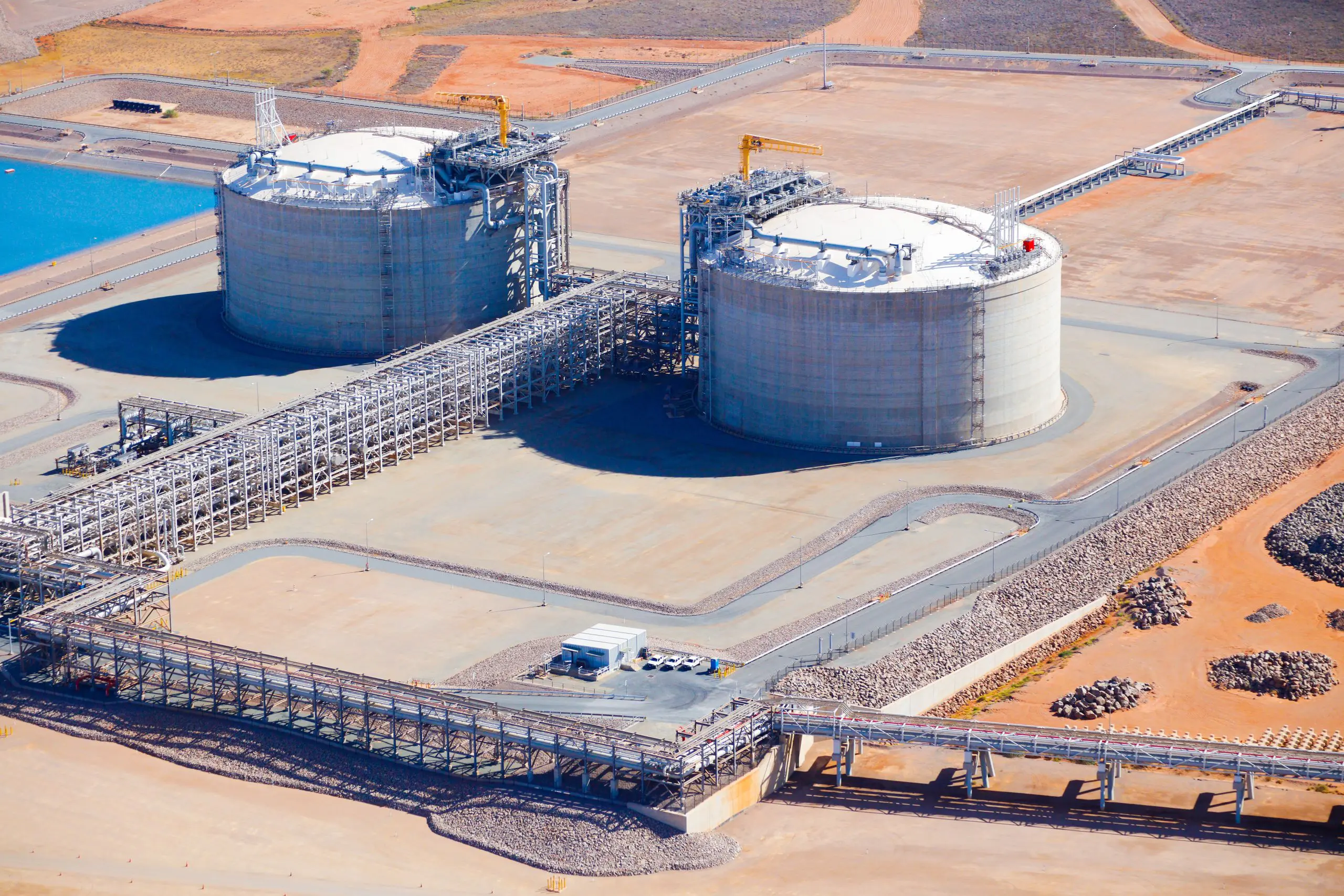This story requires a subscription
This includes a single user license.
The consultancy estimates Australian LNG export revenue reached A$4.89 billion ($3.29 billion) in September.
EnergyQuest said this was lower than the A$5.78 billion in August and a decrease compared to September 2023, when revenue was A$5.52 billion.
Western Australia projects earned export revenue of A$3.09 billion, Queensland projects brought in A$1.51 billion, and NT projects earned A$0.30 billion.
LNG shipments
According to the consultancy, Australia’s September 2024 shipments were 78.5 Mtpa on an annualized basis,
This compares to 81.1 Mtpa for the 2023 calendar year, and 80.7 Mtpa for August 2024.
EnergyQuest said September 2024 shipments represented 88.6 percent of nameplate capacity.
The consultancy said west coast (WA and NT) shipments were lower at 4.46 Mt in September, down from 4.80 Mt in August.
There were 63 cargoes in September, compared to 68 in August.
A year ago, the west coast shipped 62 cargoes totaling 4.28 Mt.
Also, west coast projects operated at 86.9 percent of nameplate capacity during September.
EnergyQuest said Queensland LNG shipments were lower at 1.99 Mt in September compared to 2.05 Mt in August.
There were 29 cargoes during September, compared to 30 in August, and two less than the 31 cargoes of 2.10 Mt in September 2023.
The Queensland projects operated at 92.7 percent of nameplate capacity during September.
Lagging renewables in North Asia may mean more LNG
The consultancy said in the report that lagging renewables in North Asia may mean more LNG.
The North Asian trio of Japan, Korea, and Taiwan play a major role in global LNG markets.
According to the International Group of Liquefied Natural Gas Importers, they were the second, third, and fifth largest LNG importers, respectively, in 2023, collectively accounting for one-third of global LNG imports.
However, they have been following different trajectories, the consultancy said.
Japanese LNG demand has been falling while demand has been growing in the other two countries.
Japan and Korea are aiming to cut their LNG imports by 2030 as part of their emission reduction strategies.
EnergyQuest said Japan aims to cut the LNG share of power generation from 34 percent to 20 percent by 2030.
Korea aims to cut it from 32 percent to 23 percent and then to 9 percent by 2036.
Both countries plan to replace LNG (and coal) with renewables and nuclear. Only Taiwan is aiming to increase LNG as it phases out nuclear, the consultancy said.
If implemented, these reductions would lead to a major shake-up in global LNG markets, it said.
Japanese LNG demand in 2030 would be around 47 million tonnes (Mt), down from 66 Mt in 2023.
This assumes use of gas for other purposes (residential, industrial and commercial) remains flat.
Korean LNG demand would fall from 45 Mt to 38 Mt in 2030 and 26 Mt in 2036.
EnergyQuest said phasing out nuclear in Taiwan would require additional LNG but only around 3 million tonnes per annum.
However, all three countries are highly dependent on imported fossil fuels and face headwinds in the swift expansion of cleaner alternatives.
Failures to grow renewables in the power sector fast enough to meet end-of-decade emission targets mean that there will inevitably be recourse to LNG or even coal imports at higher volumes for longer, the consultancy said.

